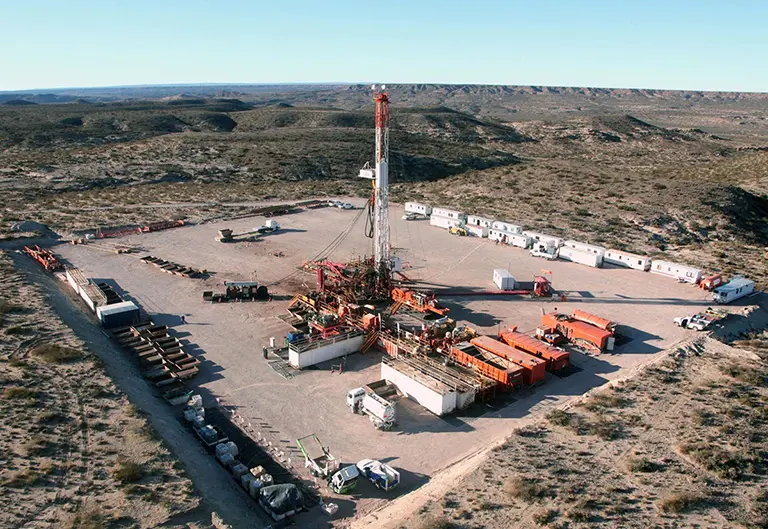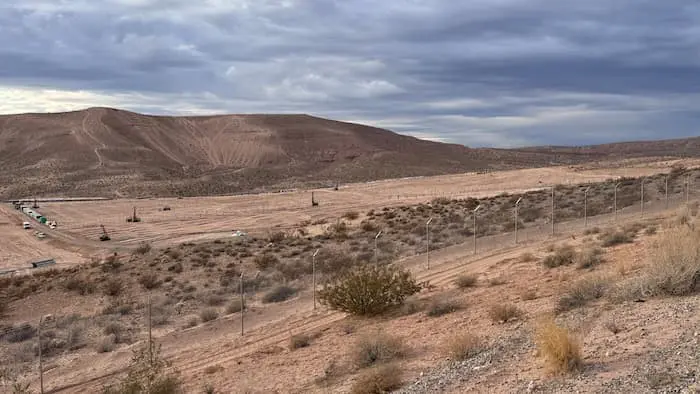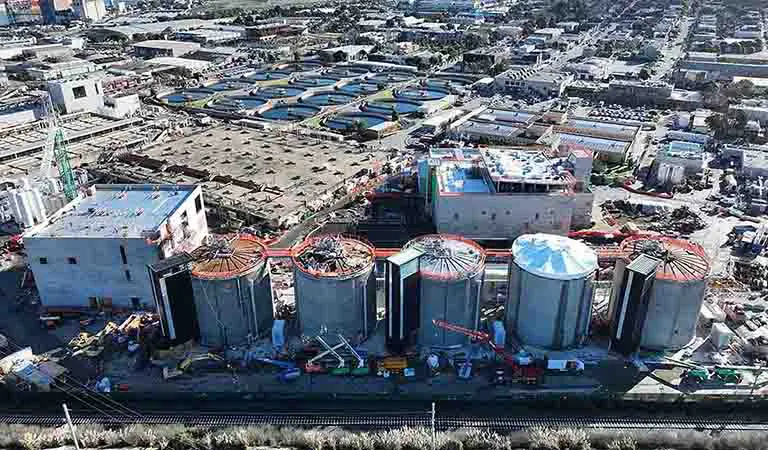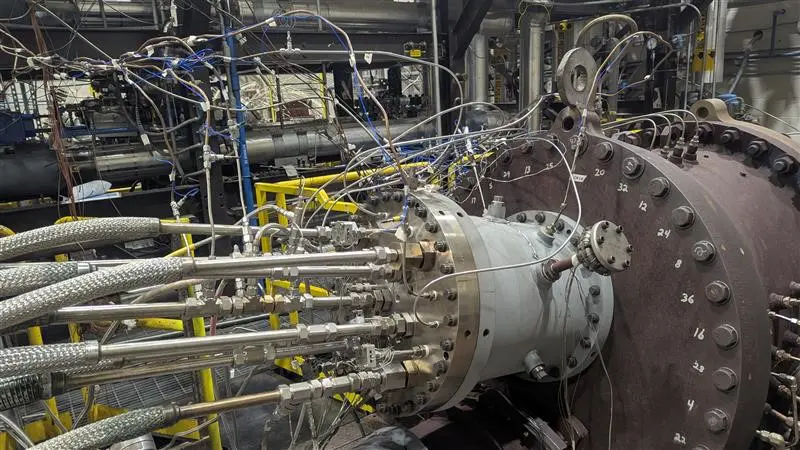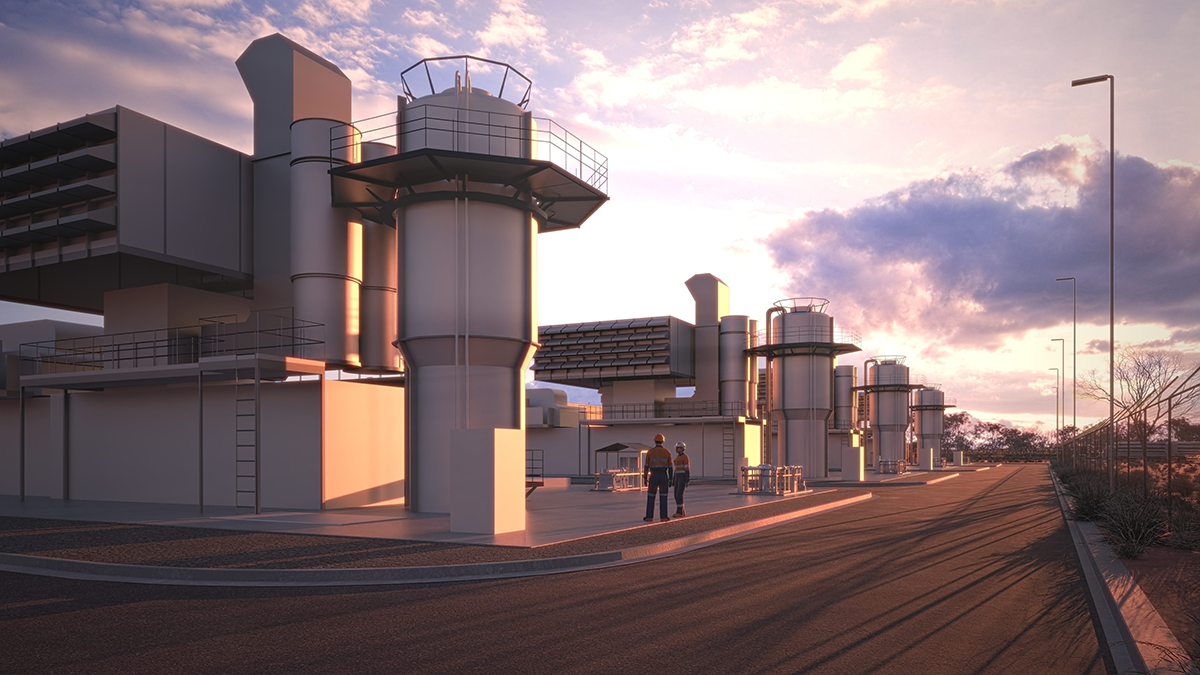
Unveiling The Hidden Culprits Of Greenhouse Gas And Global Warming

This article was written by Nooshin Behroyan.
As an environmental engineer in motion, my mind has been racing to discover ways to optimize our current infrastructure to support the transition to renewable energy as it leaps beyond its current ability to provide 13% to 24% of US energy needs. I often wonder what the next carbon emissions contributors will look like. At the present moment, here is the list of the top five that have come to public awareness at an excruciatingly slow pace.
1. Carbon Dioxide (CO2): CO2 emissions primarily result from the combustion of fossil fuels such as coal, oil, and natural gas for energy production, transportation, and industrial processes. Deforestation and land use changes also release CO2 into the atmosphere.
2. Methane (CH4): Methane emissions stem from various sources, including the most popularly recognized agricultural activities like livestock digestion, manure management, landfill decomposition, and wastewater treatment. Until recently, public awareness didn’t include the fact that natural gas production and distribution accounts for the lion’s share (around 33%). Methane traps heat more robustly than CO2, making it a very potent greenhouse gas.
3. Nitrous Oxide (N2O): Nitrous oxide emissions arise from agricultural practices like the use of synthetic fertilizers, livestock manure management, and certain industrial processes. Additionally, natural sources like soil microbial activity and biomass burning contribute to N2O emissions.
4. Fluorinated Gases: This category encompasses a range of synthetic gases including hydrofluorocarbons (HFCs), perfluorocarbons (PFCs), sulfur hexafluoride (SF6), and nitrogen trifluoride (NF3). These gases are primarily used in refrigeration, air conditioning, insulation, semiconductor manufacturing, and other industrial applications. They possess extremely high global warming potentials.
5. Black Carbon (Soot): Black carbon, often referred to as soot, consists of fine particulate matter emitted from incomplete combustion of fossil fuels, biomass burning, and industrial processes. It absorbs sunlight and contributes to atmospheric warming, particularly when deposited on snow and ice, accelerating melting processes.
These greenhouse gasses vary in their sources, lifetimes in the atmosphere, and ability to trap heat. Addressing emissions from these key contributors is essential in mitigating climate change and limiting global warming to avoid catastrophic impacts on ecosystems, economies, and human societies.
Let’s focus on sulfur hexafluoride (SF6), a gas emitted from the millions of components on power lines. SF6 is a synthetic gas composed of sulfur and six fluorine atoms. It is colorless, odorless, non-toxic, and an inert gas, making it suitable for various industrial applications. SF6 is highly stable, with excellent electrical insulating properties, leading to its widespread use in electrical transmission and distribution equipment. SF6 is commonly used as an insulating gas in high-voltage electrical equipment such as circuit breakers, switchgears, and transformers. Its high dielectric strength allows for compact designs and efficient electrical insulation, crucial for the reliable operation of power grids and substations.
However, despite its beneficial properties for electrical insulation, SF6 has a significant environmental impact due to its potent greenhouse gas properties. It is considered one of the most potent greenhouse gasses, with a global warming potential (GWP) around 23,500 times greater than carbon dioxide (CO2) over a 100-year period. This means that even small releases of SF6 into the atmosphere can have a disproportionately large impact on global warming.
SF6 emissions occur primarily during the manufacturing, installation, operation, and disposal of electrical equipment containing the gas. Leakage from aging or faulty equipment, as well as intentional venting during maintenance or decommissioning, contribute to SF6 emissions.
Efforts to mitigate SF6 emissions include the development of alternative gases with lower global warming potential, such as SF6-free gas-insulated switchgear technologies. Additionally, regulations and policies aim to minimize SF6 use, improve leak detection and repair practices, and promote the recovery and recycling of SF6 from equipment at the end of its service life. These measures are essential for reducing the environmental impact of SF6 and transitioning toward more sustainable alternatives in the electrical industry.
While I am heartened to hear the conversation shift from CO2 to methane at the global climate conferences such as the Conference of the Parties, there are other insidious contributors, such as this, to global warming that need attention and funding.
In the United States, the President’s Summit on Methane Pledge saw a groundbreaking promise to slash methane emissions by 30% by 2030. Globally, nations pledged to accelerate efforts to detect and mitigate methane leaks, marking a significant stride toward averting the dreaded 3.6°F (2°C) threshold.
As for SF6 components, the US Environmental Protection Agency has created an initiative that sheds light on their alarming impact. In the US alone, there exists a substantial inventory of SF6 components, with estimates hovering around 11,023 tons (10,000 tonnes).
As we confront this looming threat, it is imperative we swiftly implement proactive measures. From stringent regulations mandating the phase-out of SF6 components to incentivizing the adoption of alternative technologies, decisive action is paramount.
What the general population must come to understand is that the transition to renewable energy sources are not even close to enough now to supply our energy needs. As mentioned, renewables can currently only support 13% to 24% of our needs in this country alone. The growth of new clean tech is crucial — but without pairing our focus on optimizing existing systems like our electrical grids that emit SF6 and natural gas pipelines that emit methane, we will run out of time.

